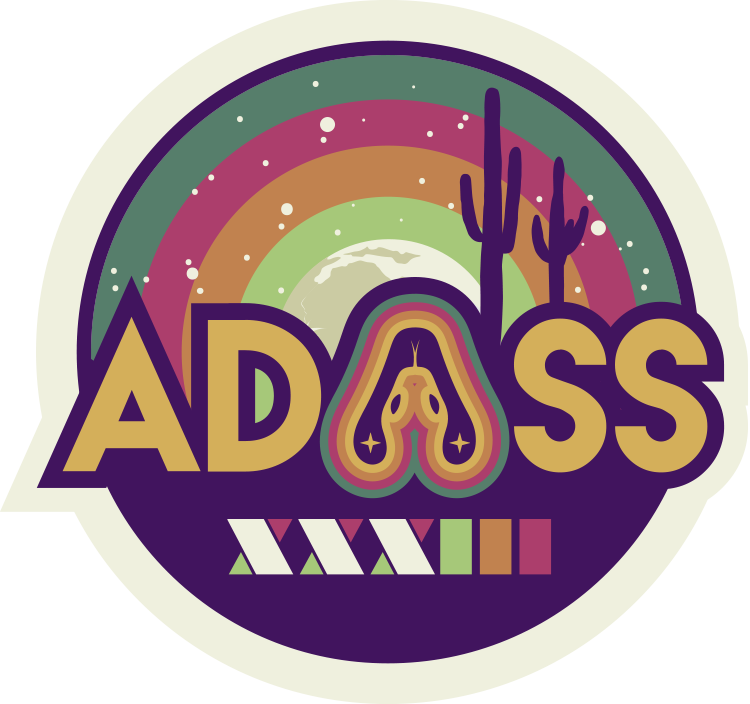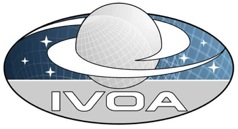ADASS posters are displayed all week
When
Theme: Science with data archives: challenges in multi-wavelength and time domain data analysis
The Italian National Institute for Astrophysics (INAF) manages three single dish radio telescopes (Medicina, Noto and Sardinia Radio Telescope, SRT). The three dishes are also part of the European VLBI Network and the International VLBI Service for Geodesy & Astrometry. Also, SRT is involved in international collaborations dedicated to pulsar observation, namely the European Pulsar Timing Array and the Large European Array for Pulsars project.
The increasing importance of Science Archives and archive mining in defining the ultimate productivity of an observing facility motivated the Italian Centre for Astronomical Archives (IA2) service to develop and maintain the INAF radio data archive. Such a geographically-distributed archival facility flexibly handles different data models and formats, also supporting data discovery/access through Virtual Observatory (VO). In this contribution I will give an overview of the archival system, focusing on dealing with the increasing data rates/volumes produced by time-domain observations with state-of-the-art digital backends. I will address issues posed by the standardisation of time-domain-related data formats under the perspective of metadata completeness, necessary for archival publication. Also, I will present the INAF effort in modeling such data to enable their discoverability through VO tools and services.
Besides publishing radio data from the Italian radio telescopes, IA2 is also committed to provide access to data from international facilities and projects (such as ALMA data from ESO CalMS and Additional Representative Images for Legacy, ARI-L). I will finally mention the IA2 roadmap towards a modern Science Gateway, allowing users to produce advanced data products starting from telescope raw observations.



